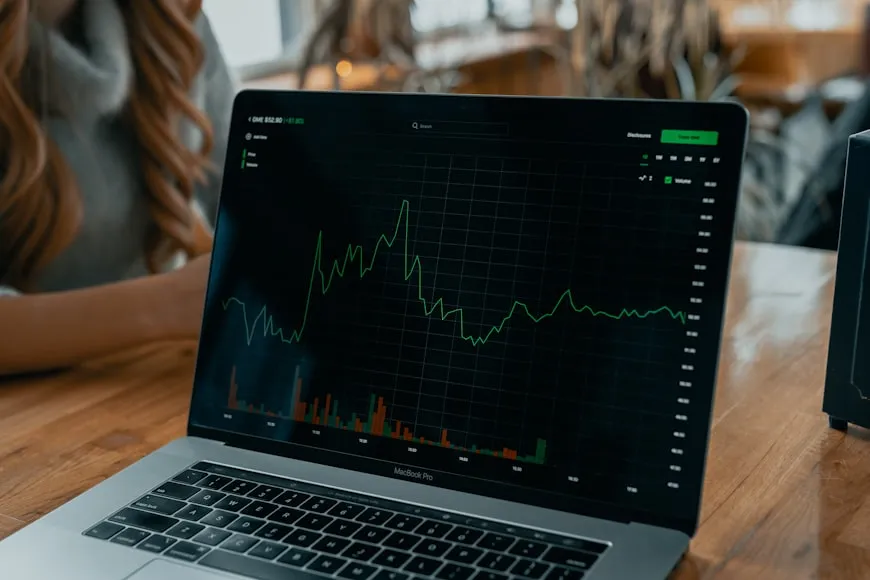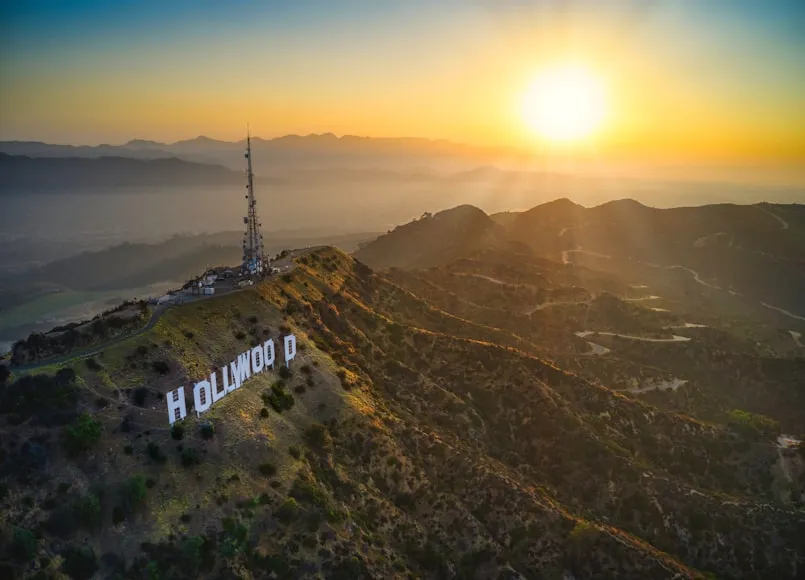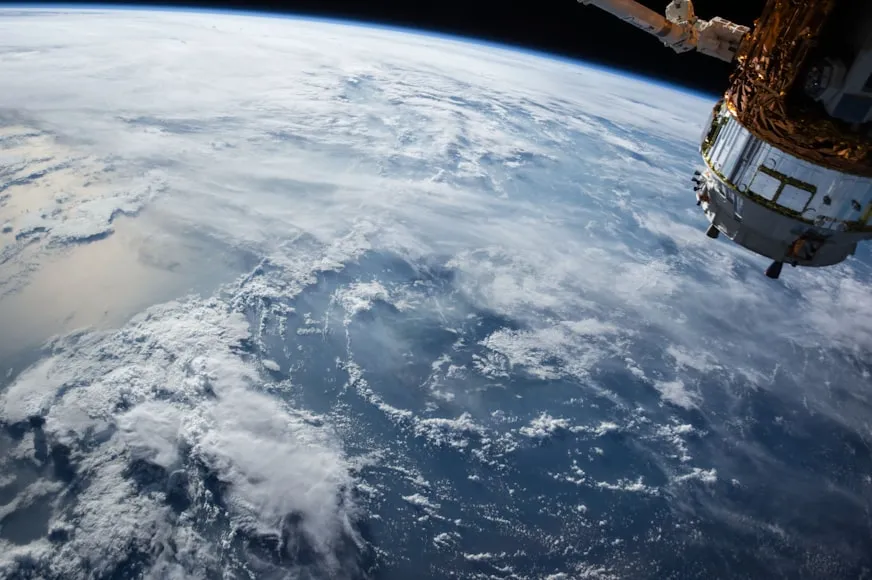
By mid-2025 the world economy looks less like a straight recovery and more like a complicated relay race: some runners are sprinting, others are picking up the baton gingerly, and a few have stumbled. Official forecasts and market signals point to a modest expansion, but the path forward is anything but certain.
The International Monetary Fund’s mid-year update nudged up its 2025 growth outlook — a modest sign of resilience after a string of shocks — but it also made one thing clear: upside and downside risks are tightly balanced. On the optimistic side, consumer activity in some advanced economies has remained sturdier than many expected, and pockets of corporate investment — especially in technology and energy transition — are supporting demand. Yet the IMF flagged how trade policy shifts and renewed inflation pressures could easily reverse tentative gains. Reuters
At the same time, the World Bank’s Global Economic Prospects underscores a different worry: global growth is lower than historical norms and the recovery is uneven, with developing countries still vulnerable to trade disruptions and capital flow volatility. For many low- and middle-income economies, sluggish investment and tighter external financing conditions could keep living standards and job creation under strain. World Bank
What’s driving this mixed picture? First, geopolitical and trade tensions have raised the bar for global coordination. Recent tariff moves and threats of protectionist measures have already changed how firms structure supply chains, sometimes raising costs and slowing cross-border investment. Markets watch these trade skirmishes closely because tariffs don’t just change prices — they reshuffle production networks that took years to build. Reuters
Second, technological change — especially the surge in AI and related investments — is reshaping productivity prospects, but unevenly. Big corporations are racing to capture AI’s productivity gains, and the balance between winners and laggards will shape the next decade’s economic map. Public policy will matter: countries that combine investments in skills, digital infrastructure, and responsible governance will likely harvest stronger, more inclusive gains from the AI wave. McKinsey & CompanyStanford HAI
Finally, macro policy remains on a knife-edge. Central banks are wrestling with the memory of recent inflation spikes while also noticing early signs of slowing activity. If inflation unexpectedly re-accelerates, monetary policy could tighten again; if growth weakens substantially, policymakers will need fiscal room to stabilize output. That combination — limited fiscal space in some places, and sensitivity to inflation in others — increases the chance that shocks will be amplified rather than absorbed.
What does this mean for businesses and everyday people? For firms, flexibility matters: diversify supply chains, prioritize digital adoption, and stress-test for trade shocks. For workers and families, the uneven recovery reinforces the need for stronger safety nets and retraining programs to capture the jobs AI will create, not just the ones it displaces. For policymakers, the message is plain: coordinate where possible, invest where necessary (in skills and green infrastructure), and avoid reflexive protectionism that could turn temporary frictions into lasting damage.
In short, 2025 is a test of adaptability. The headlines may swing from optimism to alarm, but real outcomes will be decided at the level of policy choices, corporate investments, and how societies manage the transitions that lie ahead.







